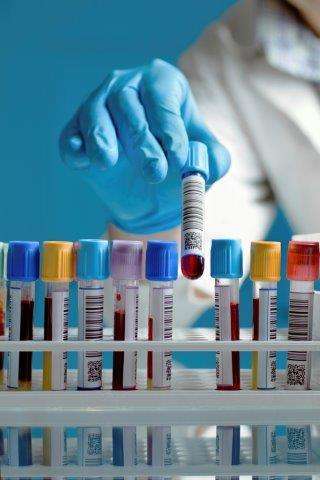Skin Patch May Replace Syringe for Disease Diagnosis
 Drawing blood and testing it is standard practice for many medical diagnostics. As a less painful alternative, scientists are developing skin patches that could one day replace the syringe. In the ACS journal Analytical Chemistry, one team reports they have designed and successfully tested, for the first time, a small skin patch that detected malaria proteins in live mice. It could someday be adapted for use in humans to diagnose other diseases, too.
Drawing blood and testing it is standard practice for many medical diagnostics. As a less painful alternative, scientists are developing skin patches that could one day replace the syringe. In the ACS journal Analytical Chemistry, one team reports they have designed and successfully tested, for the first time, a small skin patch that detected malaria proteins in live mice. It could someday be adapted for use in humans to diagnose other diseases, too.Simon Corrie and colleagues from the University of Queensland note that while blood is rich with molecular clues that tell a story about a person’s health, withdrawing it is often painful. It also requires trained personnel and expensive lab equipment and facilities for analysis. These factors don’t lend themselves to patient compliance or accessibility in resource-limited places.
Scientists have been trying to address these hurdles by developing diagnostic patches that are covered on one side with thousands of microscopic, hollow needles that can sample fluid in the skin. But so far, these devices have only been able to test for one compound at a time. However, many diseases can be diagnosed more reliably by detecting multiple biomarkers. Corrie’s team wanted to design a new patch that could meet this need.
The researchers optimized their device so it could capture two biomarkers for the malaria parasite, Plasmodium falciparum, which kills more than 1 million people every year. To test it, they injected malaria proteins into the bloodstream of live mice and applied the patch to their skin.
The patch successfully captured the proteins in the skin tissue. Such devices, they conclude, could be used in the future to diagnose malaria and other infectious diseases in a less painful way.
Source: ACS [1]